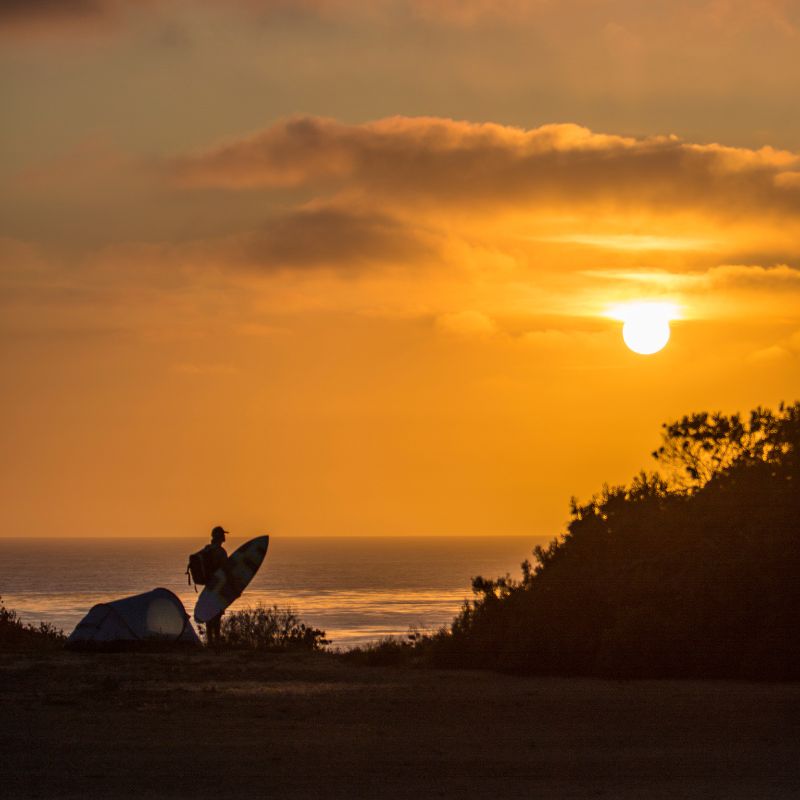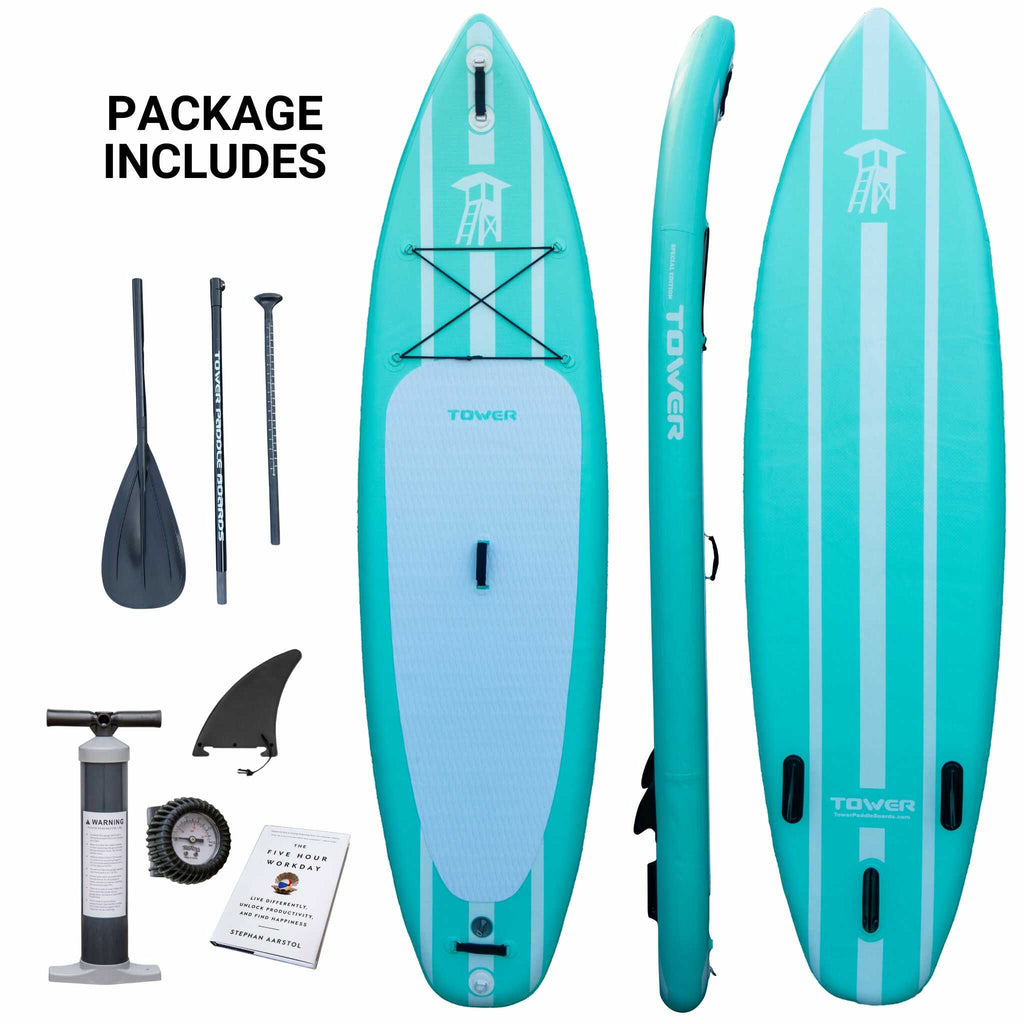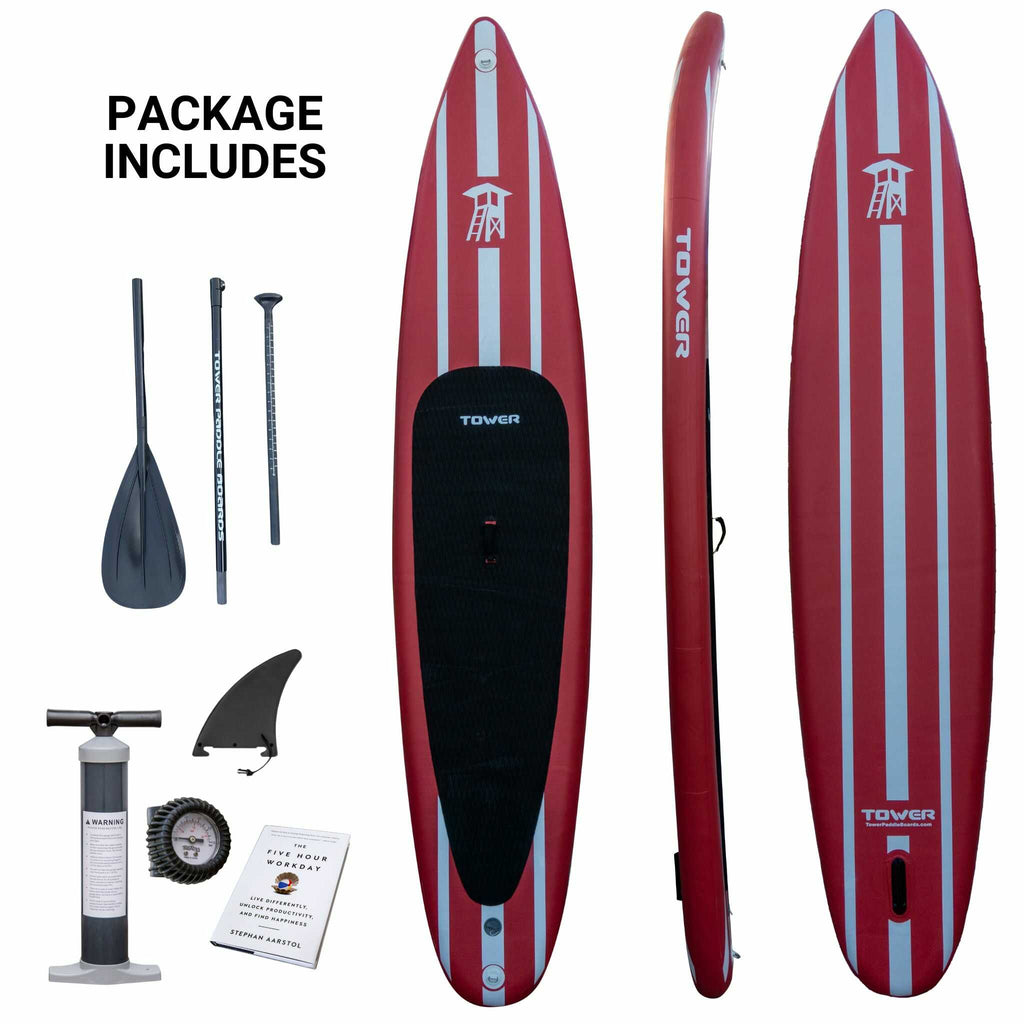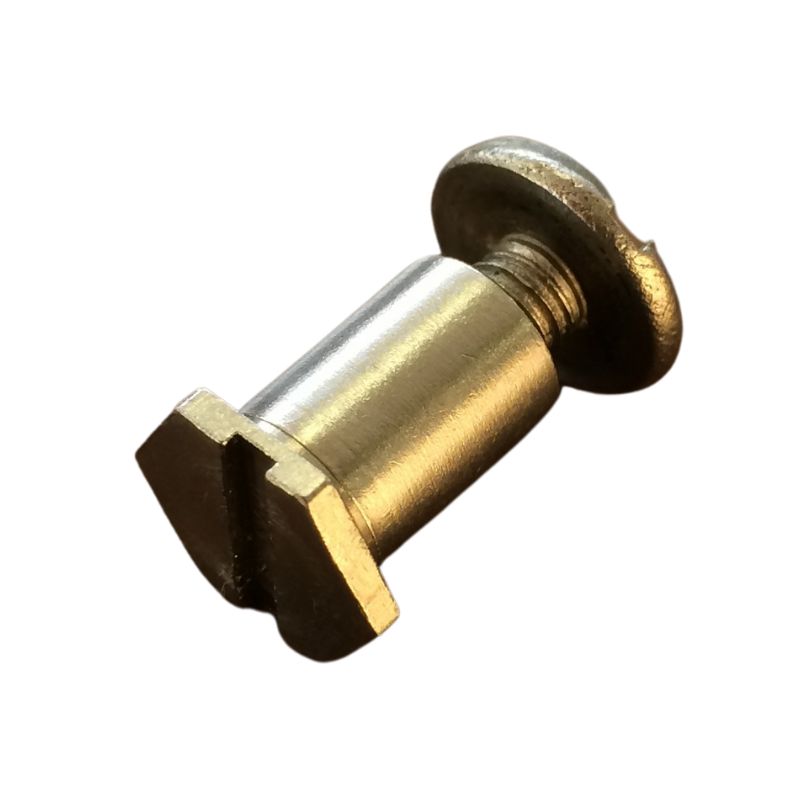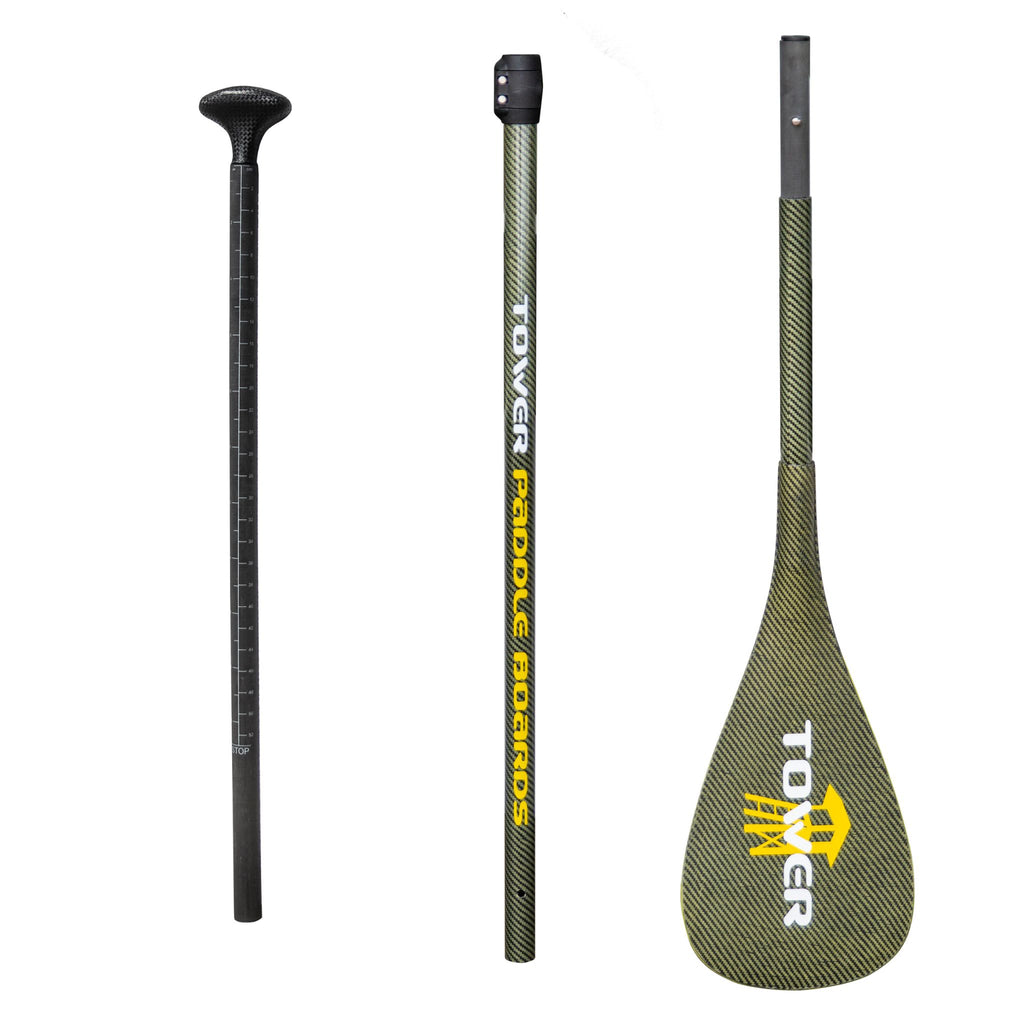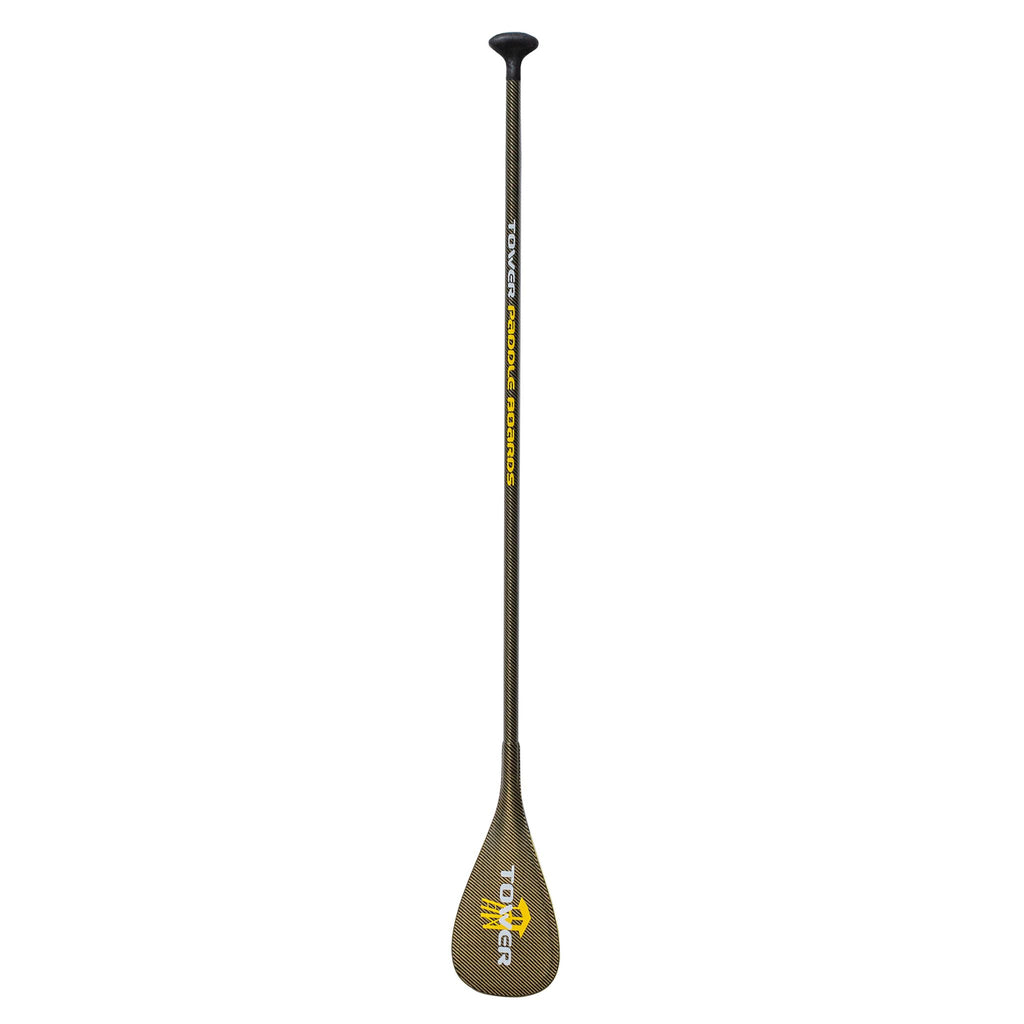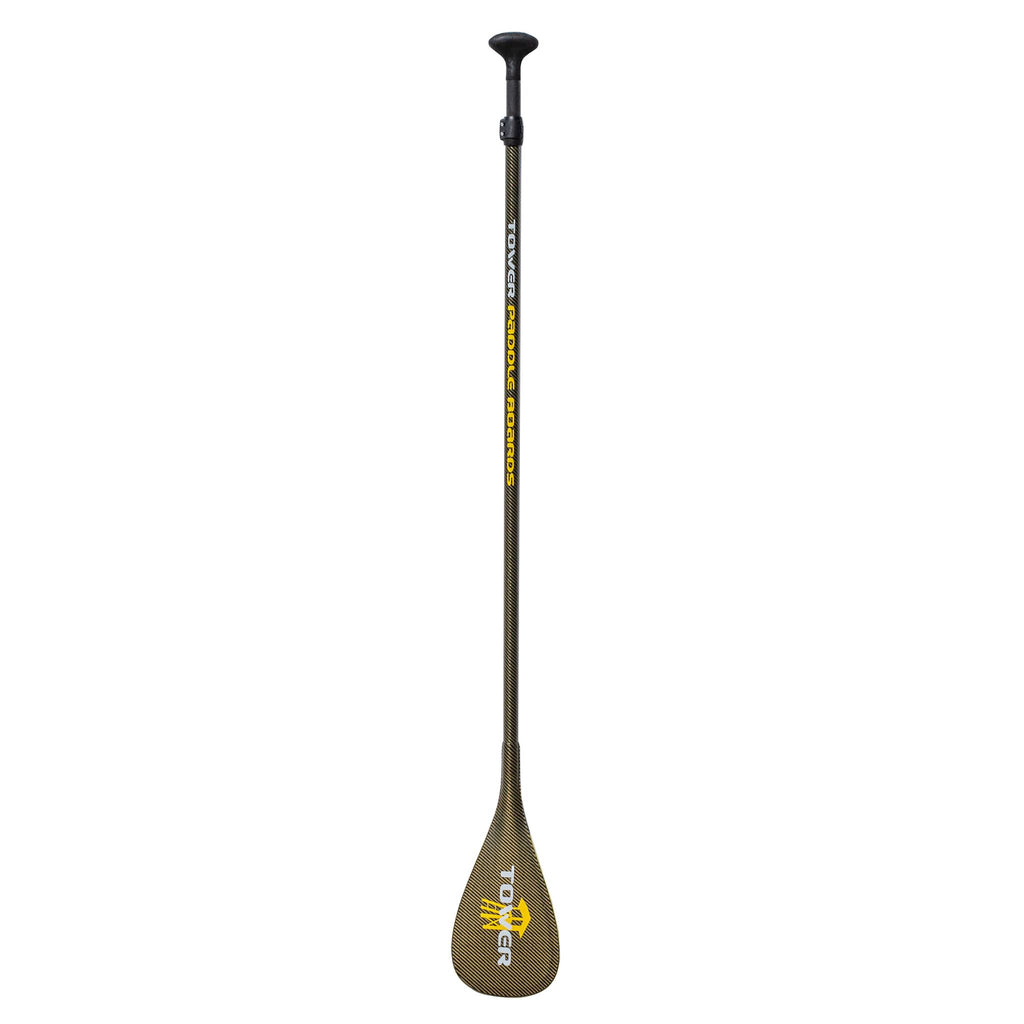Standup paddle boarding is a new sport that is adding more crowd pressure on the playground of an existing sport, surfing. As such, this new sport and its new participants are naturally viewed with a bit of suspicion. It’s no different than the early days of snowboarding in the 1980s, when snowboarders were met with a bit of contempt. Not because of their dress or their culture – this was before all of that came to be. They were met with contempt simply because they were unfamiliar - their path down the mountain was difficult to anticipate for skiers, they stopped and sat in the middle of the mountain, and they created havoc getting off the chairlifts. Change is unnerving. Nevertheless snowboarding developed and flourished, and the two sides learned to share the mountain and because of that, today there are tens of millions of people around the world enjoying the mountains and connecting with nature in a way they otherwise wouldn’t have. Without question, the advent of snowboarding was a great thing for people and the world. Without question, so too will standup paddle boarding be.

The primary issue between the surfing culture and the standup paddle boarding newcomers are that:
- SUPs compete for already crowded surf spots
- The natural board length advantage of SUPs gives them a wave catching advantage over both long boards and short boards
- The combination of the massive size of an SUP and an inexperienced rider can present a danger to anyone else sharing a surfing spot.
Just as snowboarding presented issues to the established skiing environment, so too does stand up paddle surfing present issues to the established surfing environment. In the skiing world the newcomers (the snowboarders) were the counter-culture invading the establishment (which is never in favor of change, let’s be honest) so the backlash was unavoidable. Ironically, in the surfing world, surfers embody the idea of the counter-culture (which not only doesn’t typically fear change, but actually usually embraces it as early adopters). You can read this two ways. On one hand, the fact that surfers are concerned is something to seriously consider. There are issues that need to be addressed. On the other hand, and true to the nature of counter-culture minded people, many if not most lifelong surfers (top pros, shop owners, and other influential surfers) are gravitating towards stand up paddle surfing. The take away is that SUP isn’t going away, but neither are the issues. We’ll address each SUP/surfing issue separately below.
The natural board length advantage of SUPS give them a wave catching advantage over both long boards and short boards
This is really a new twist on an old issue in surfing, or wave riding to be more specific although surfing is undoubtedly the dominant majority. If you take any group of wave riders, there are many advantages different riders have over each other. Long boards have a wave catching advantage over short boards. Experienced and pro riders have an advantage over novices. Riders with local knowledge have an advantage over those unfamiliar with the area. Windsurfers and kite boarders present many different advantages and disadvantages. The beauty at the heart of the surfing culture (in its best light) is that it’s a community of people, or a brotherhood, who loves the water, the waves, and beach life in general. It’s an escape from the rat race. In the larger society where capitalism rules, individuals are largely encouraged to use their “natural advantages” over one another without much regard. In surfing, if you’re a student of the sport and culture, you’ll know that there is a surfing etiquette bill of rights that specifically says, “Thou shalt not use your surfing advantages to abuse your fellow surfers… be it surfboard length or skill or whatever”. Surfing, while perhaps outwardly perceived as an individual sport, is really a zen sort of thing where you’re asked to be conscious of your advantages, and then conduct yourself appropriately given those advantages, and with the intent of deliberate friendliness, for the good of the tight-knit community. Thus this issue of a board advantage has already been addressed. SUPers just need to educate themselves and become aware of their natural board size advantage to catch waves… and then act appropriately. Don’t use your board advantage to hog the waves. Let some pass on occasion. Share the water, and understand that in this culture you have to give respect to get respect. Understand that you’re the newcomer.

SUPs compete for already crowded surfing spots
In the same vein as the discussion above, the established wave riding community needs to understand and accept change and newcomers just as surf etiquette dictates that locals don’t inappropriately act in a greedy manner towards newcomers and visitors. The flip side of this also has to be understood by SUPers. They need to be conscious of the fact that they are newcomers and they must give respect to get respect. Unless you are an expert surfer and all around waterman, as a stand up paddle surfer it’s wise to just stay away from the crowded breaks. You can always dust off your surfboard if you want to play there. Maybe they’ll come a point where some SUP spots with great breaks are carved out of the beaches, but until then we all need to play together. Just remember who got there first – who’s the local. The reality is these mammoth boards can catch just about any waves. It’s best as a beginner to learn in the small or poor breaks where no one else surfs… just as snowboarders strayed off the groomed runs and took to the ravines and “natural half pipes” in the early days. SUPing is a new sport, and if viewed correctly it may actually grow the pie of “surf breaks,” just as snowboarding did.
Separately, surfers need to understand what stand up paddle boarding means to them and their water loving community. The reality is that only probably 5-10% of stand up paddle boarders will be venturing into the surf. A good percentage of those will likely be surfers that migrate over. This is already happening. The other coming 90-95% of standup paddle boarding enthusiasts are likely going to stay in the flat water. Only a small percentage of the population is willing to put themselves in danger in the surf, which is precisely why surfing isn’t more crowded than it already is. The larger picture here is that millions of more people around the world are getting into the water and establishing the essential connection to water and the oceans that you as surfers have known for years. The number of people who give a shit about the water and the ocean is about to skyrocket to numbers you likely can’t even conceive today, and only good will come of that. Your playground is about to have a lot more passionate voices defending it. This may indeed be something that eventually saves the crowded surf breaks that you share today from continual environmental abuse and disaster.
The combination of the massive size of an SUP and an inexperienced rider can present a danger to anyone else sharing a surfing spot.
Again, this is an issue that has already been addressed by established surfing etiquette. The number one rule of surfing etiquette is to “Pick the right spot for your level.” Ideally, newcomers to SUP would educate themselves on surfing etiquette and act accordingly, but this isn’t always going to happen. Just like many new surfers don’t educate themselves. The issue is not that different. The potential danger, on the other hand, is far more significant. If you’re a newcomer to SUP, the message here is that you need to be aware of the danger that you posses to others in the water, and you need to conduct yourself appropriately.

Safety issues of this nature are going to happen as SUPing grows in popularity. It’s inevitable. This is an issue that surfers need to step up and deal with in an appropriate manner in the water as it happens. It doesn’t have be combative or aggressive in nature, but something needs to be said. Give them a little room at first to protect yourself and give the SUPer the benefit of the doubt before you say anything because they may be quite capable of handling the board in the environment. If it becomes apparent they are a safety issue to you and others just say something. The most effective way to handle a situation is what they call a sandwich criticism. Say something nice, follow with the criticism, then part with something nice. Most people will respond very favorably. Just warmly smile and say hi, maybe compliment on their board and ask them where they got it. Then express your opinion that this break, with this crowd, with their skill level, might not be a very safe situation for everyone involved and that the SUPer might paddle down the coast a bit to a less crowded area. Then part by mentioning some off-peak times when they might be able to SUP here and not run into the crowds, and then say how you hope to see them around as they get more proficient in the waves.
Read more on Surfing Etiquette









